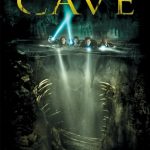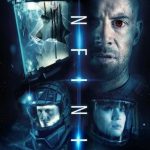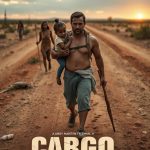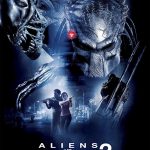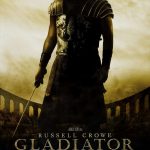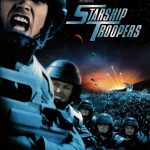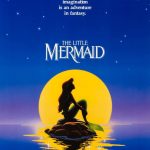Outlaw King (2018)
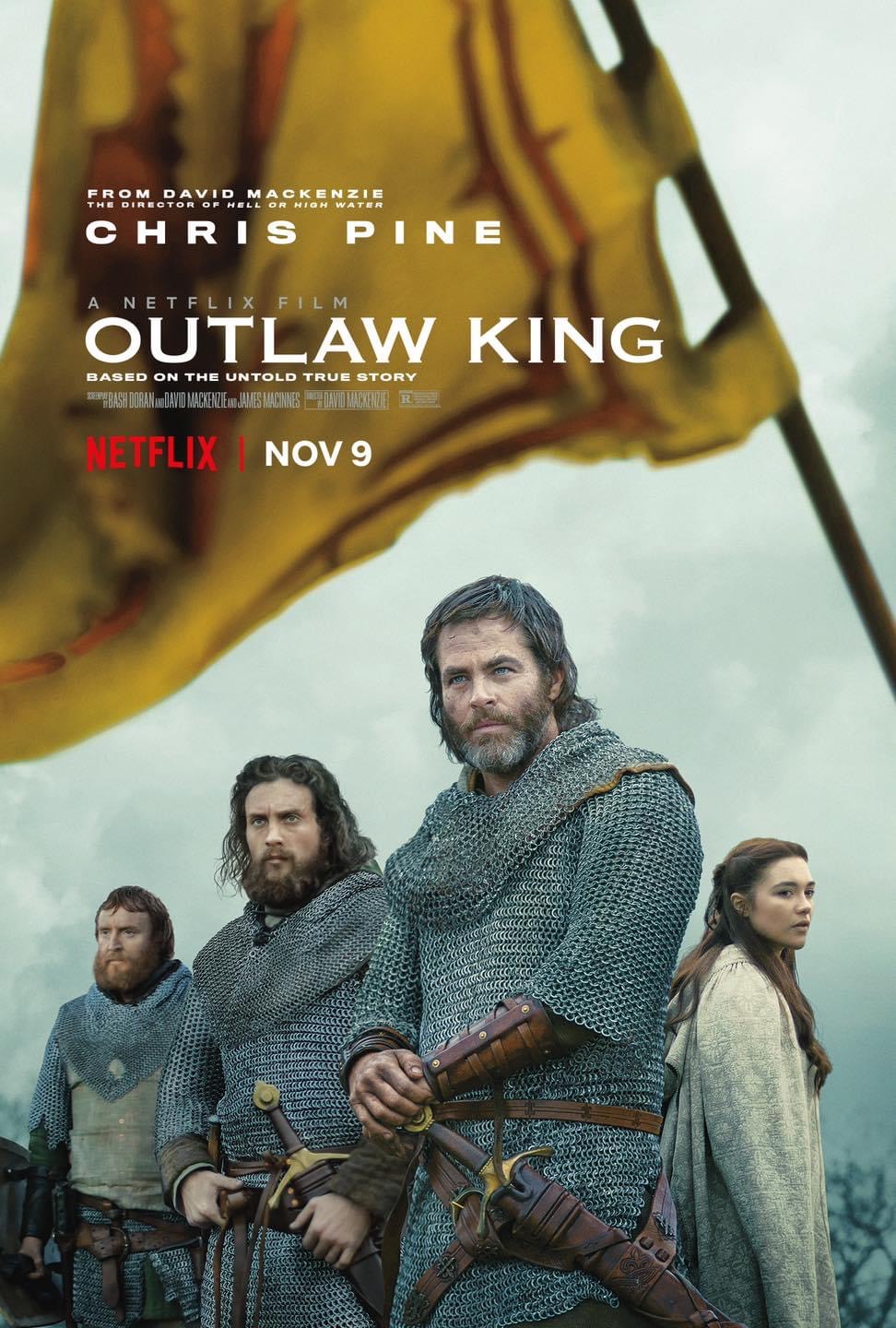
“Outlaw King” (2018) is a historical drama directed by David Mackenzie that tells the story of Robert the Bruce, a Scottish noble who became a guerrilla leader in the early 14th century to free Scotland from English rule. Starring Chris Pine as Robert the Bruce, the film focuses on his struggle to reclaim the Scottish throne after being declared an outlaw by the English king, Edward I.
Suggested videos for you:
Plot Overview
The film begins in 1304, after the defeat of William Wallace (from Braveheart) and the subjugation of Scotland by Edward I. Robert the Bruce is forced to submit to the English king, but after being betrayed by English forces and losing his claim to the throne, he leads a rebellion to regain his kingdom. The narrative focuses on Robert’s fight for independence, including his coronation as king and his daring military strategies that helped him overcome a more powerful enemy.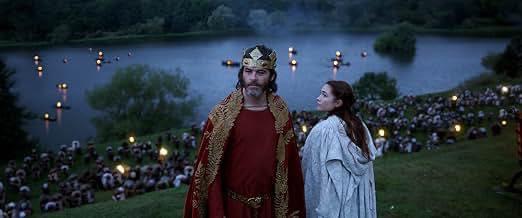
Performances and Characters
Chris Pine delivers a nuanced performance as Robert the Bruce, portraying him not only as a fierce leader but also as a man haunted by the heavy toll of war. His charisma and stoicism add depth to the character, especially in quieter, more reflective moments. Pine’s decision to play Robert with emotional restraint, alongside his Scottish accent, has received positive reactions, with critics appreciating the balance between his physical and emotional portrayal.
Supporting performances also stand out. Florence Pugh, as Robert’s wife Elizabeth de Burgh, adds emotional weight to the film, especially in scenes that show her resilience in the face of adversity. Aaron Taylor-Johnson plays James Douglas, one of Robert’s loyal followers, bringing intensity to his role as a warrior with personal stakes in the rebellion.
Stephen Dillane as Edward I and Billy Howle as his son, Edward, Prince of Wales, provide strong antagonistic roles. Dillane portrays the aging English king with a cold, calculating demeanor, while Howle’s Prince Edward comes off as an impulsive and vengeful figure, serving as a foil to Robert’s more measured leadership.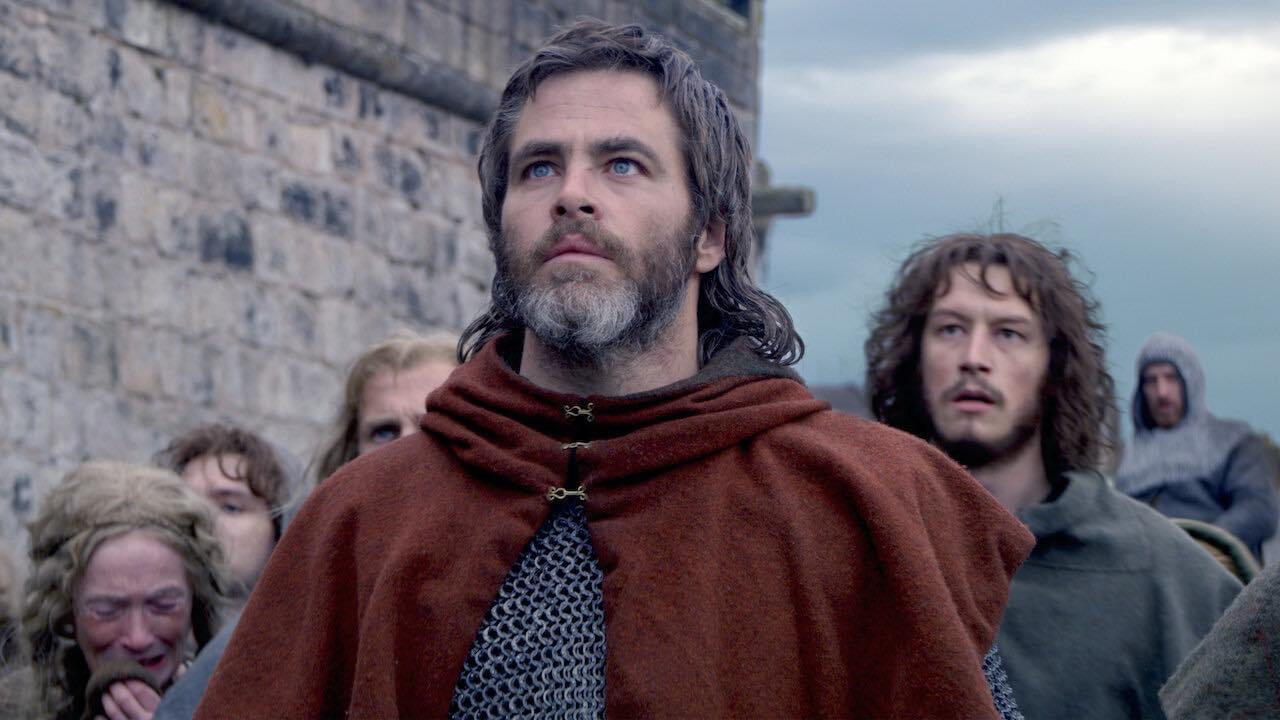
Direction and Cinematography
David Mackenzie’s direction gives the film an epic scope, with sweeping landscapes that capture the rugged beauty of Scotland. The battle scenes are brutal and visceral, favoring gritty realism over stylized choreography. Mackenzie ensures that the action feels raw and chaotic, emphasizing the harshness of medieval warfare.
One of the film’s most impressive elements is its cinematography. Cinematographer Barry Ackroyd uses long takes and natural light to create an immersive experience. The opening tracking shot, in particular, is a technical marvel that sets the tone for the rest of the film, as it seamlessly moves through dialogue, a joust, and political intrigue. The film’s visual style contrasts the natural beauty of Scotland with the bloody, muddy realities of medieval conflict.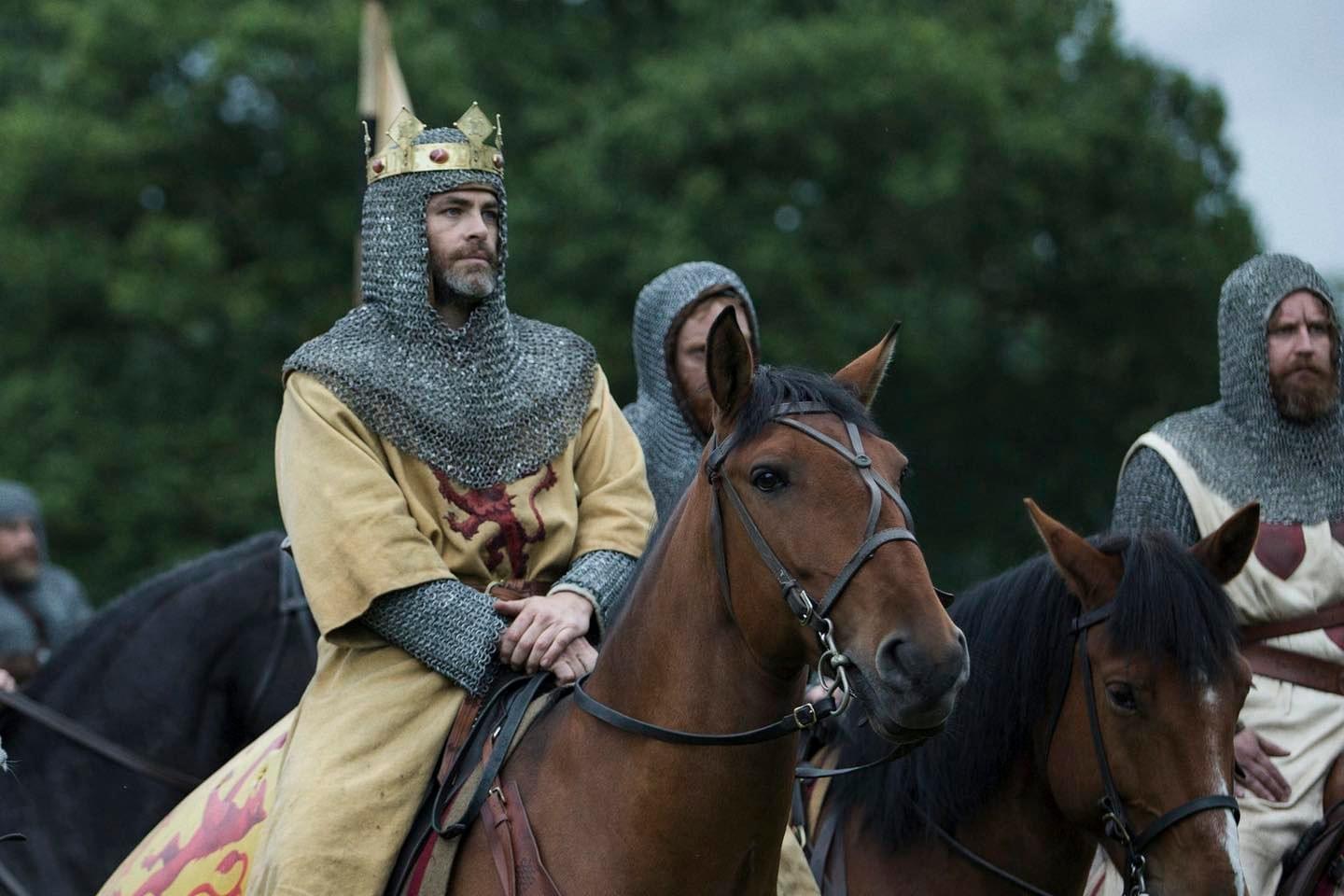
Historical Accuracy and Criticism
While “Outlaw King” sticks relatively closely to historical events, it takes some liberties for dramatic effect. Critics have pointed out some deviations from the true timeline of events, such as Robert the Bruce’s coronation and his battles against the English. However, the film generally avoids over-romanticizing its hero, showing Robert as a flawed and sometimes ruthless leader willing to make harsh decisions for the sake of his cause.
Some criticism was directed at the film’s pacing, particularly in the original cut, which was shown at the Toronto International Film Festival. After mixed reactions, Mackenzie cut 20 minutes from the final version, which helped streamline the narrative but still left some viewers feeling that the plot moved too slowly in places. Additionally, while the battle scenes are praised for their realism, some found the overall tone of the film a bit too grim and heavy.
Reception
The film received mixed to positive reviews, with particular praise for its performances, visuals, and historical scope. On Rotten Tomatoes, the film holds a 63% approval rating, with many critics commending its ambition and scale, though some criticized its occasionally sluggish pacing and narrative complexity. Metacritic gave it a score of 59, reflecting generally favorable, but not overwhelmingly positive, reviews.
Audiences generally appreciated the film for its attention to detail and its portrayal of a less-known chapter of Scottish history. However, some compared it unfavorably to “Braveheart”, as it lacks the same sweeping, inspirational tone and instead opts for a more grounded and somber approach.
Conclusion
“Outlaw King” is a visually stunning, well-acted portrayal of one of Scotland’s most famous historical figures. While it may not have reached the iconic status of other medieval epics, its grounded storytelling, gripping battle sequences, and strong performances make it a solid entry in the historical drama genre. For viewers looking for a raw, gritty look at Robert the Bruce’s fight for Scottish independence, Outlaw King is a
